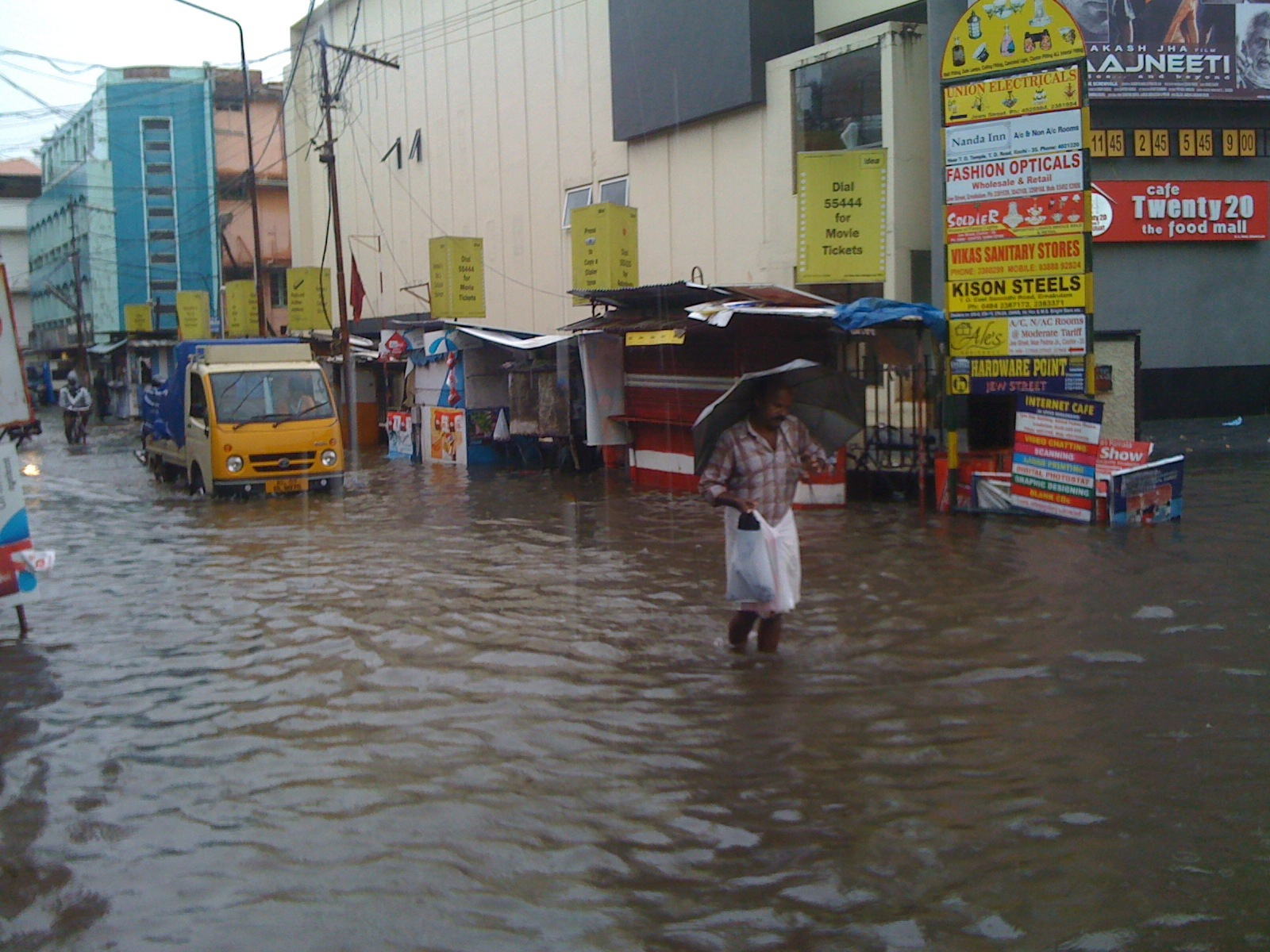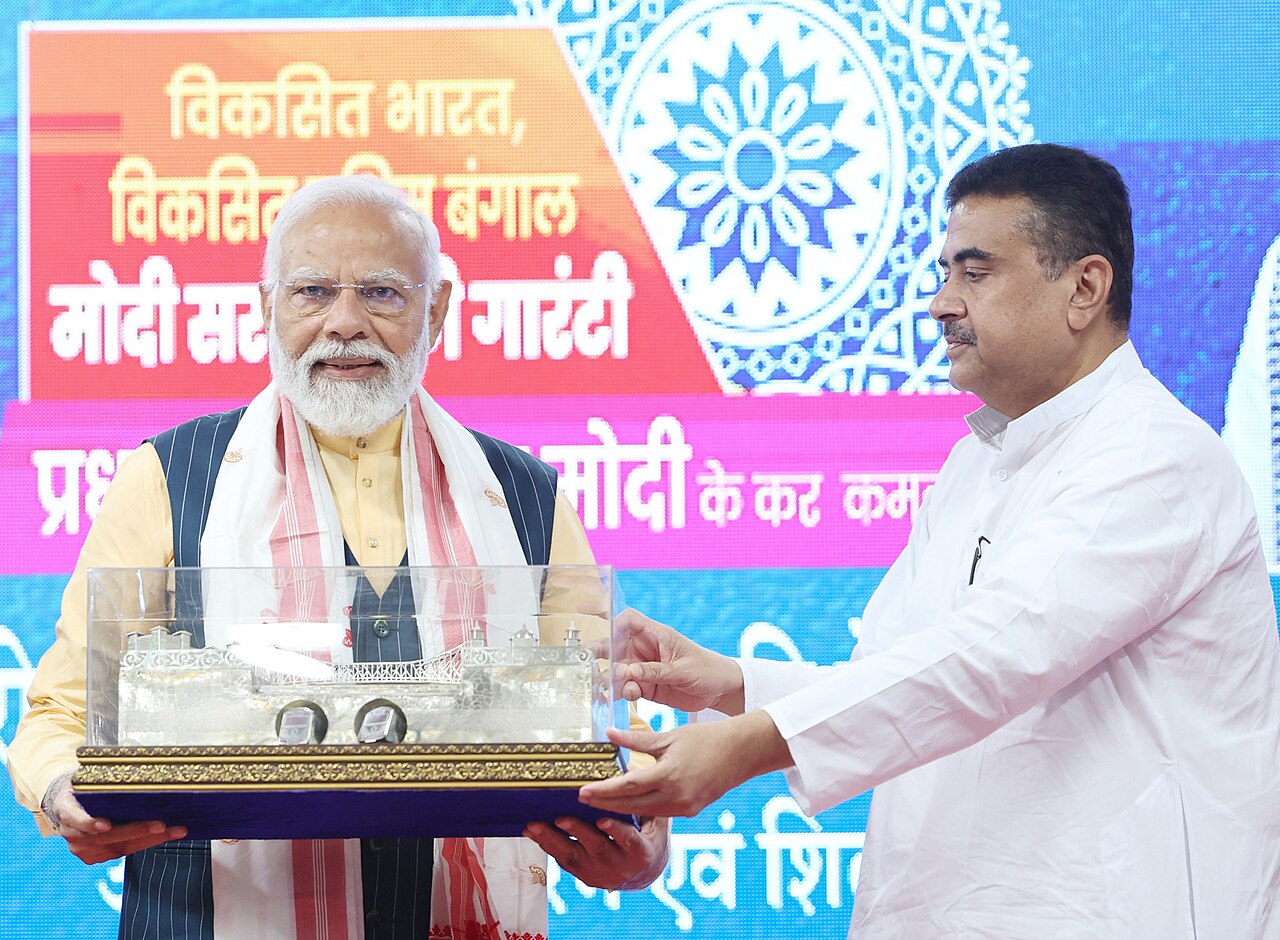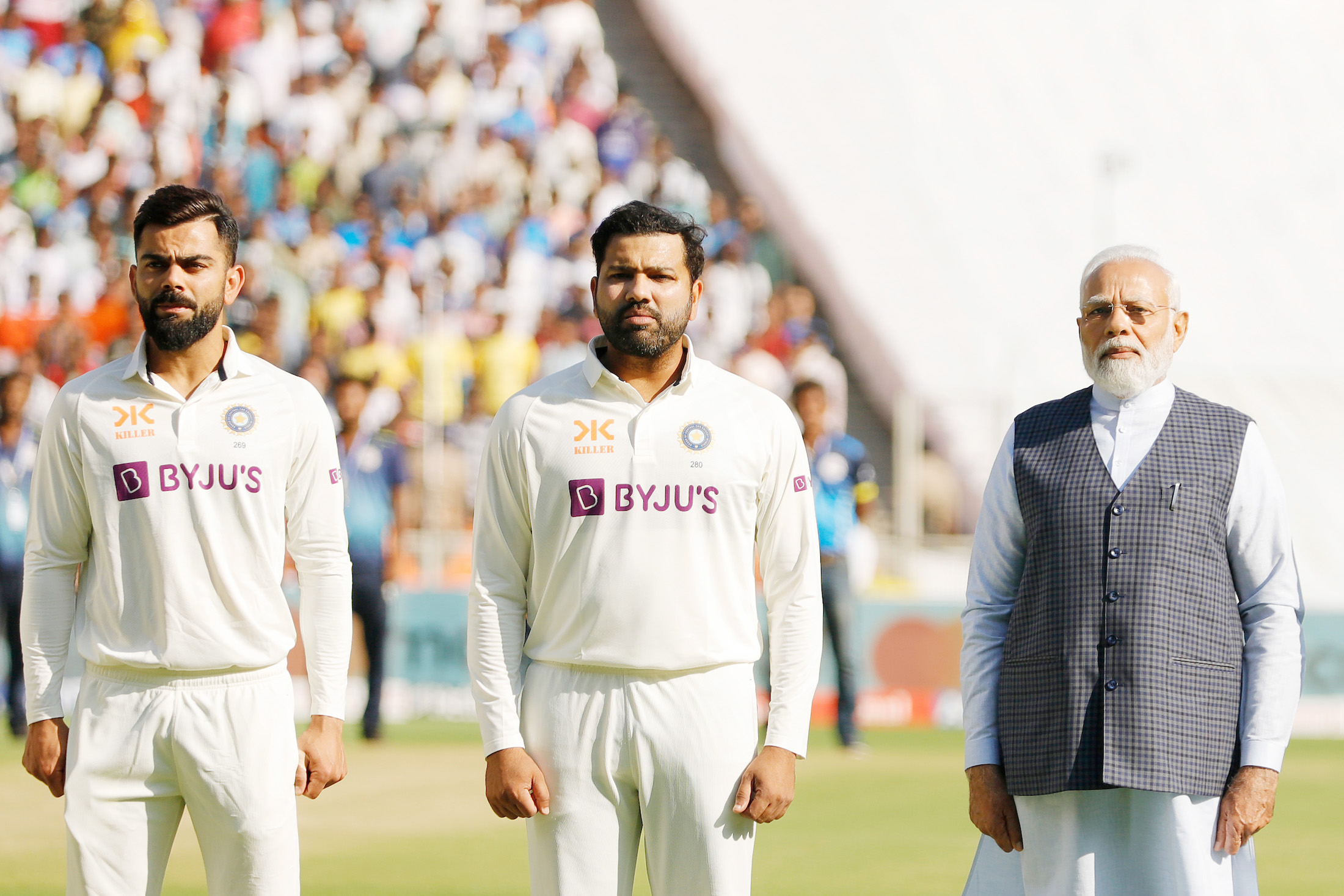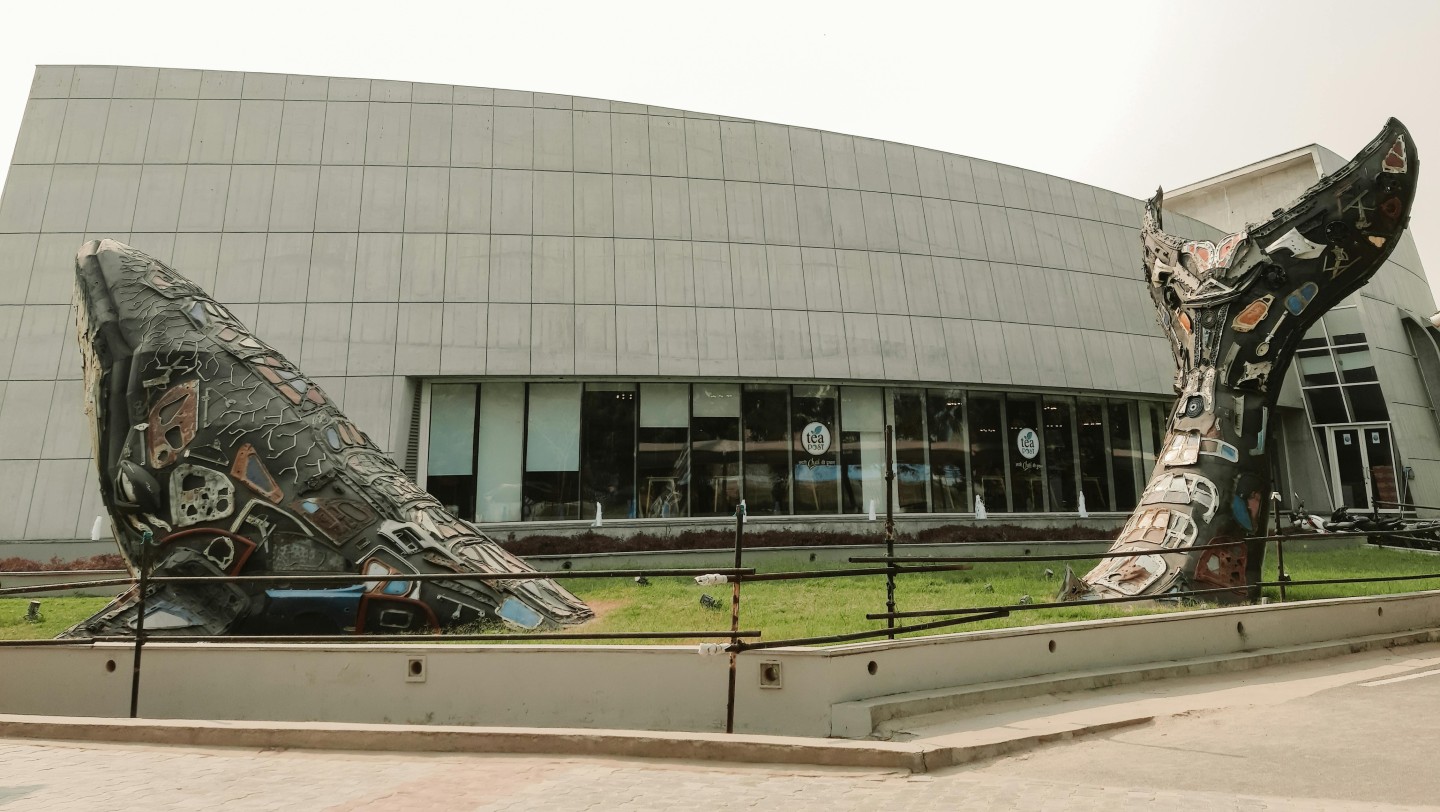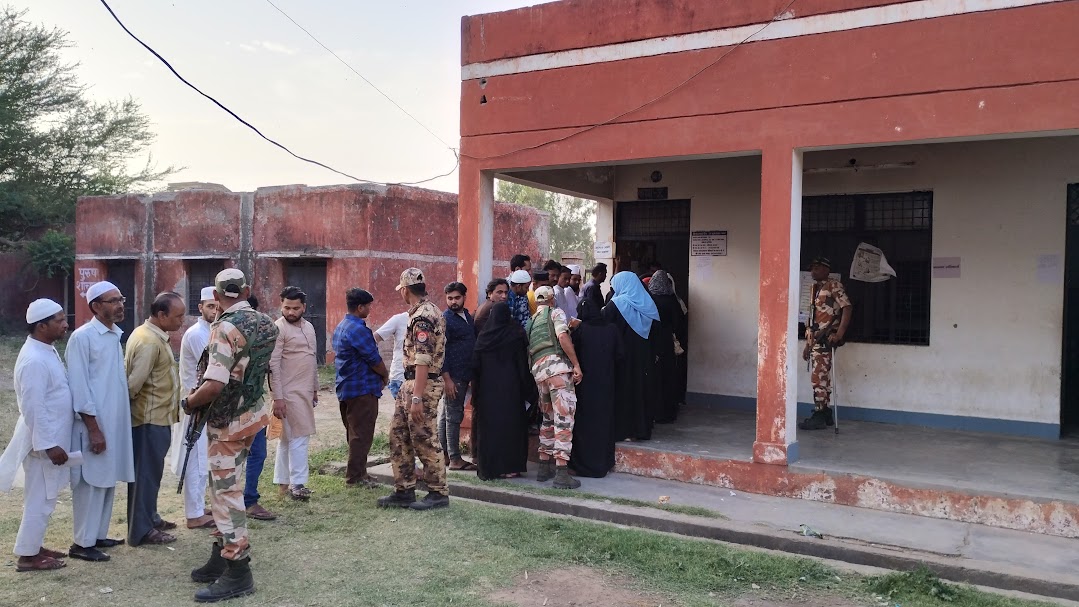The world’s biggest democracy hasn’t had a census in over a decade. The next one could reshape the country’s electoral system — unless leaders delay further.
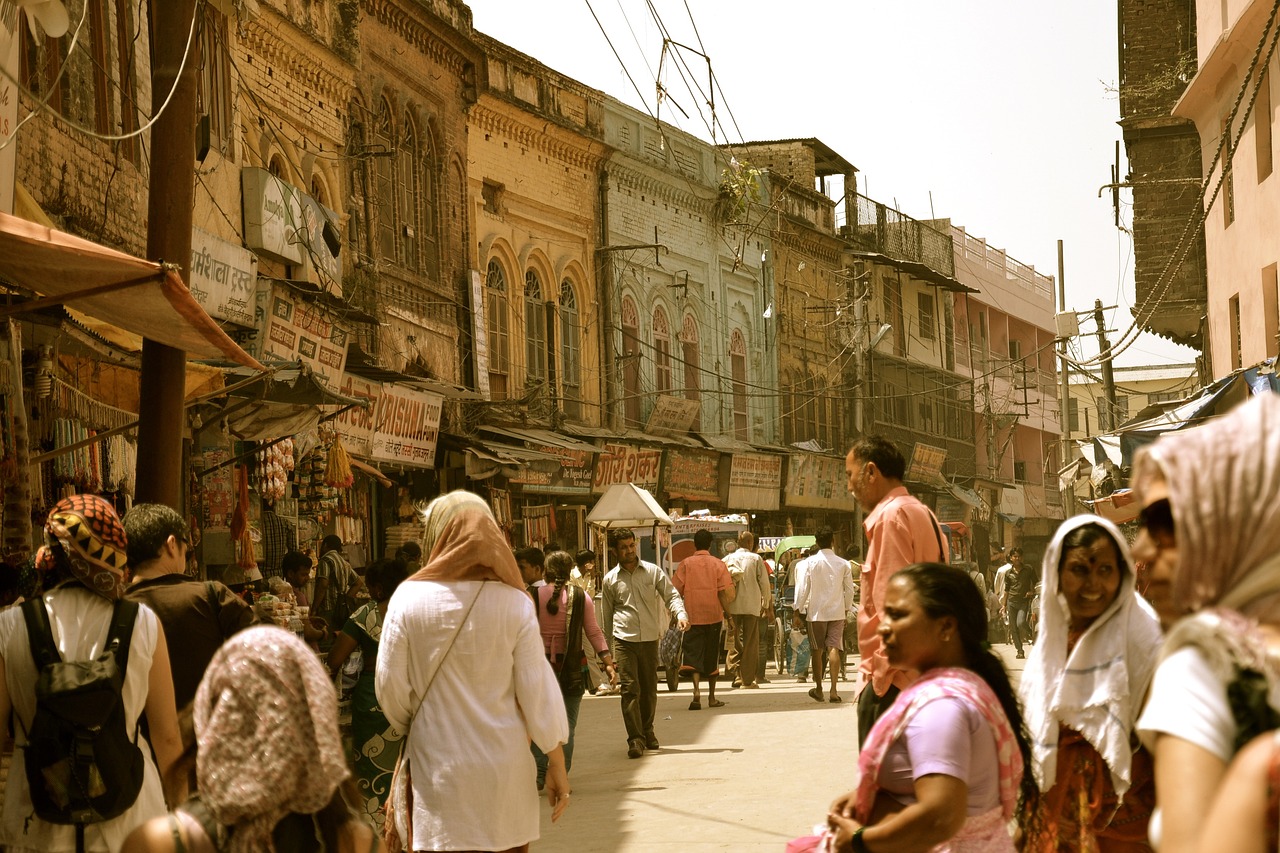 India’s elections are bigger than any other country’s, but knowing where the voters are is becoming more complicated. : James Goldie, 360info CC BY 4.0
India’s elections are bigger than any other country’s, but knowing where the voters are is becoming more complicated. : James Goldie, 360info CC BY 4.0
The world’s biggest democracy hasn’t had a census in over a decade. The next one could reshape the country’s electoral system — unless leaders delay further.
India’s incumbent prime minister Narendra Modi and his Bharatiya Janata Party (BJP) have failed to maintain a majority government in this week’s national election count.
The party’s loss of over 60 seats comes at a time when India’s political representation is at a crossroads, caught between outdated population data and anachronistic electoral rules.
The lower house of India’s parliament, the Lok Sabha, is made up of 543 members, each representing a constituency in a state or Union Territory, governed by the central government. The constitution demands that states are allocated a number of seats proportional to their population.
In theory, these allocations should be updated after each census. But a raft of amendments have kept the Lok Sabha’s state-wise seat allocations locked to the populations recorded in the 1971 census, more than 50 years ago.
But India’s population has changed massively in the last half-century. The central government introduced a National Family Planning Program in the 1950s, aiming to trade population growth for economic development by incentivising families to limit themselves to two children.
Southern states took up these family planning policies enthusiastically. Northern states did not.
Family planning, along with the education of women and better governance, have led to the southern states outperforming the northern ones in terms of human development indicators.
The result in 2024 is an India with many more people in the north:
A Lok Sabha that allocated seats based on more recent population estimates would give more representation to the northern states than they currently enjoy. This would mean that better governance is being punished with lower political representation.
Freezing the Lok Sabha seat allocations was a part of these family planning measures. As the constitution currently stands, there may be no update until a census is completed after 2026.
As the freeze has been reapproved again and again, the demographic changes have built up like debt, making any change more consequential — and more politically fraught.
The problems with old population counts don’t stop at the ballot box. Population projections are used alongside income and other factors to guide the share of tax states receive from the central government.
Southern states have voiced unhappiness with their splits. The Finance Commission formed to shape the splits has added a ‘Demographic Performance’ criteria designed to reward states with lower fertility ratios, but it only makes up a small percentage of the tax formula.
On top of all this, the estimates of India’s current population, from 2011, are now very out of date. Some more recent states aren’t represented in the 1971 census at all. The 2021 census was delayed by the COVID-19 pandemic and is currently expected in 2031.
All this adds up to a contest of ideas of how India uses data to monitor and shape the country’s development. Population may not be the only factor that decides who gets represented or supported, but doing nothing could make the problem worse.
Originally published under Creative Commons by 360info™.
Editors Note: In the story “India election result” sent at: 05/06/2024 13:52.
This is a corrected repeat.




